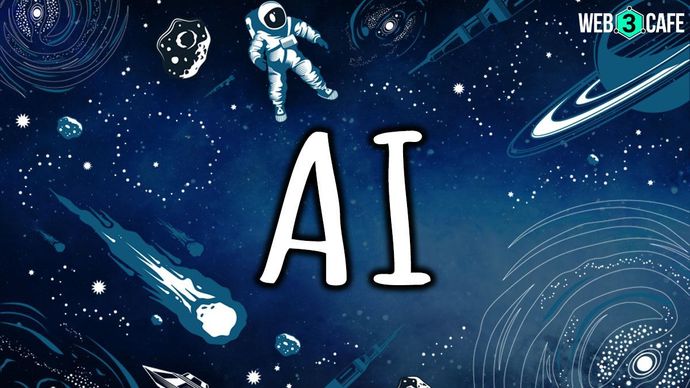10 ways space exploration has improved with the use of artificial intelligence
AI's integration into space exploration is redefining the possibilities and efficiencies of missions like Chandrayaan-3. As technology continues to evolve, AI will play an increasingly vital role in unraveling the mysteries of the cosmos.

Highlights
- AI is becoming a crucial component of space exploration
- The ongoing advancements in AI technology are enabling rovers and landers to conduct unprecedented exploration of planets and moons
The Indian Space Research Organisation (ISRO) is on the cusp of making history with Chandrayaan-3's lunar mission, but it's not just cutting-edge hardware that's propelling this journey; artificial intelligence (AI) is playing a pivotal role. AI's prowess in processing vast datasets, identifying trends, and making predictions is proving indispensable to the success of space exploration.
Here, in this article, we are going to find out how AI is used in space exploration.
Image processing & mission planning
AI algorithms are employed to interpret images captured by satellites and space observatories, aiding in the identification and analysis of celestial objects. These insights contribute to a deeper understanding of these enigmatic entities. Additionally, AI assists in crafting meticulous mission plans, optimising effectiveness, data collection, and overall mission success by considering diverse variables and constraints.
Intrusion detection
Real-time surveillance of space exploration systems is conducted by AI algorithms, vigilantly scanning for anomalies and potential issues. This proactive approach ensures timely maintenance and reinforces the reliability of spacecraft, safeguarding missions from unforeseen challenges.
Rovers with AI
Rovers, vital to space exploration, leverage AI to navigate perilous or inaccessible terrains. AI-driven sensors detect environmental hazards, such as rocks and craters, allowing the rover to chart the safest path forward without risk of collision, facilitating successful data acquisition.
Satellite operations
AI's capacity to analyse copious data is revolutionising satellite operations and rocket landing processes. It introduces efficiency and intelligence into managing satellite tasks, significantly enhancing operational performance. AI also optimises satellite maneuvers, minimising fuel consumption and the time required to attain desired orbital positions.
Resource management
On extended space missions, AI takes charge of resource optimisation, ensuring effective energy usage, waste management, and resource sustainability. It's a critical factor in maximising the efficiency of these lengthy journeys.
Planetary geoscience
AI empowers scientists to identify and classify geological features on planets and moons. It generates intricate 3D representations of planetary surfaces, assisting researchers in unraveling the mysteries of these celestial bodies' histories and environments.
Rocket landing
AI is being widely used to monitor and analyse data from the rocket’s sensors and telemetry systems, allowing for better decision-making and more precise control of the rocket’s trajectory and speed. The technology is also used to automate certain aspects of the rocket landing procedure, such as controlling the engines and landing gear and making sure the rocket is in the optimal position to land.
Galaxy & star modelling
Through AI-based algorithms, astronomers can now categorise and identify patterns in star and galaxy data with unparalleled precision. This empowers astronomers to create detailed maps of the universe, precisely identifying stars, galaxies, and even determining their ages.
Natural language processing
AI facilitates seamless communication between astronauts and ground control. Voice commands enable efficient interaction with spacecraft components, streamlining mission operations.
Predictive maintenance
AI's data analysis extends to predicting potential maintenance requirements. Machine learning models anticipate future failures or performance issues, recommending action plans to mitigate risks. This proactive approach significantly reduces maintenance costs and enhances mission safety.
